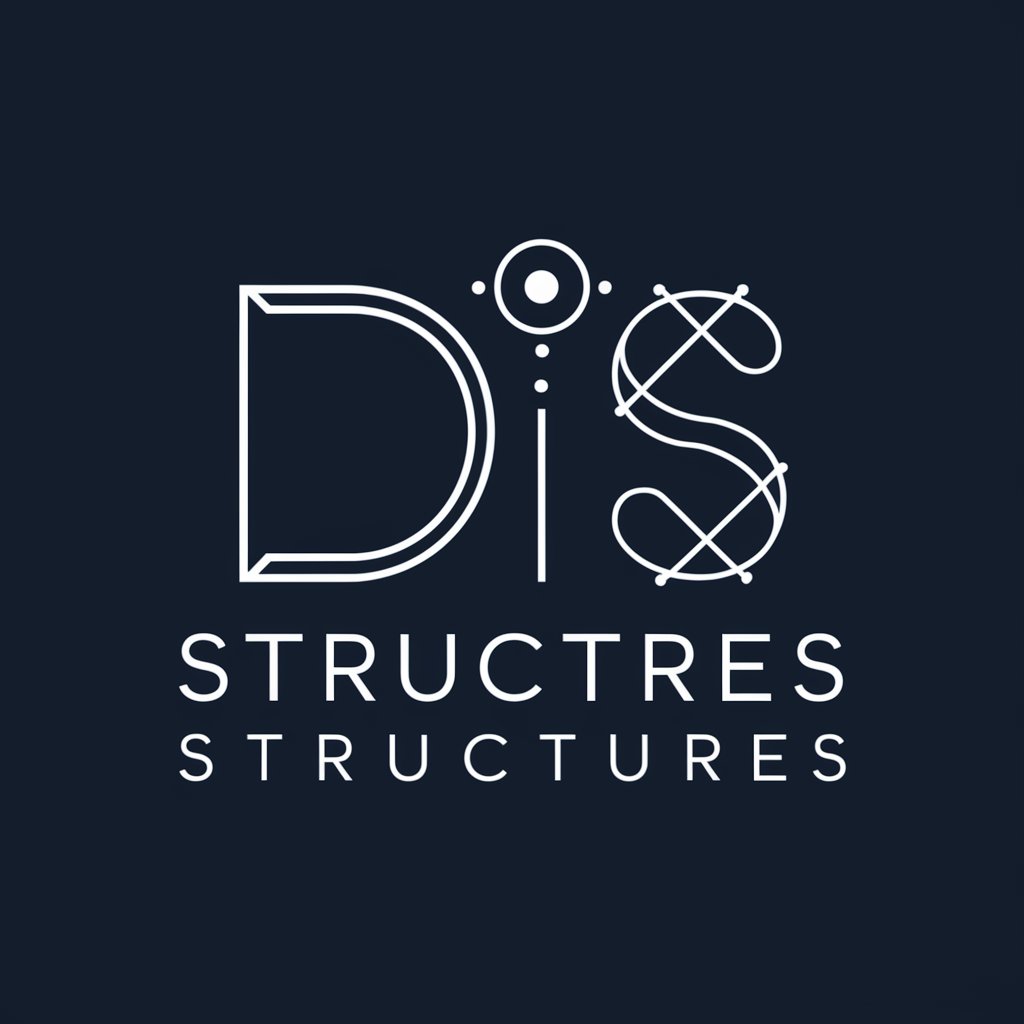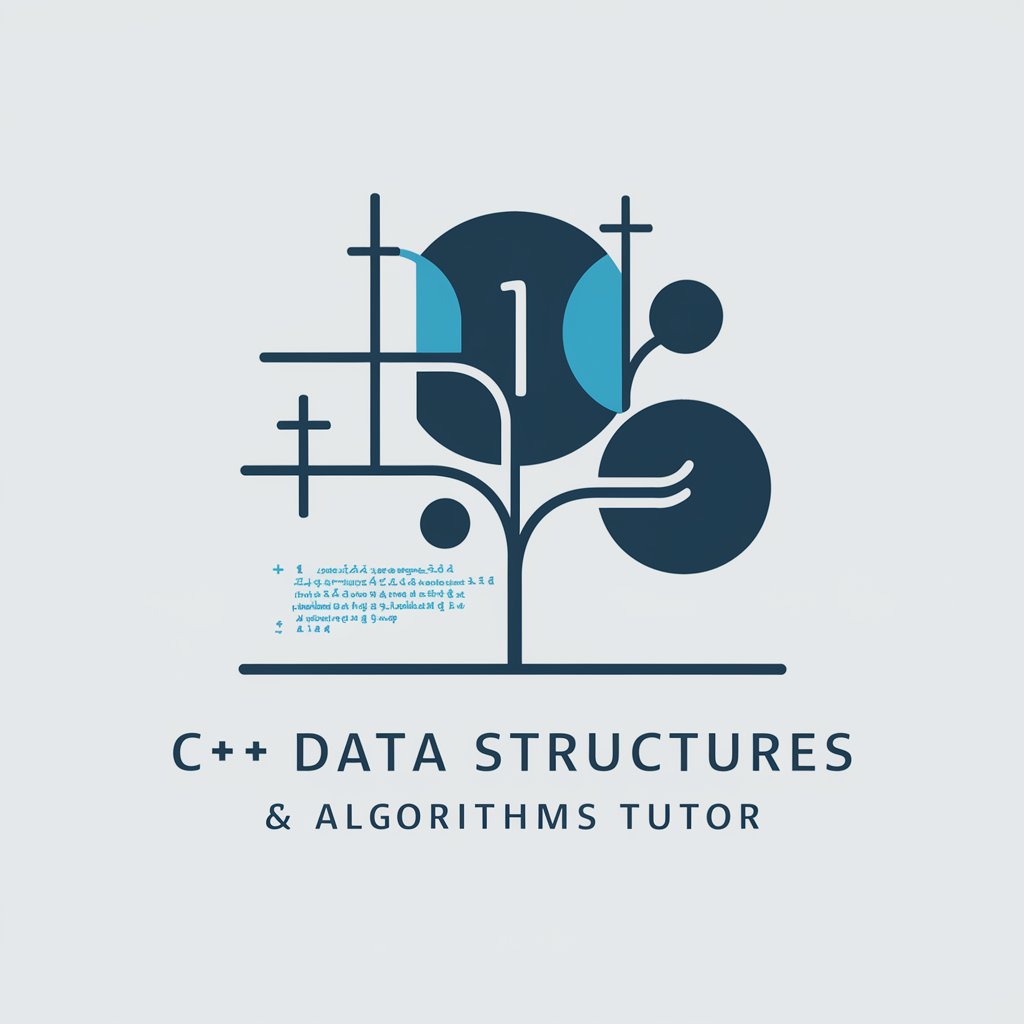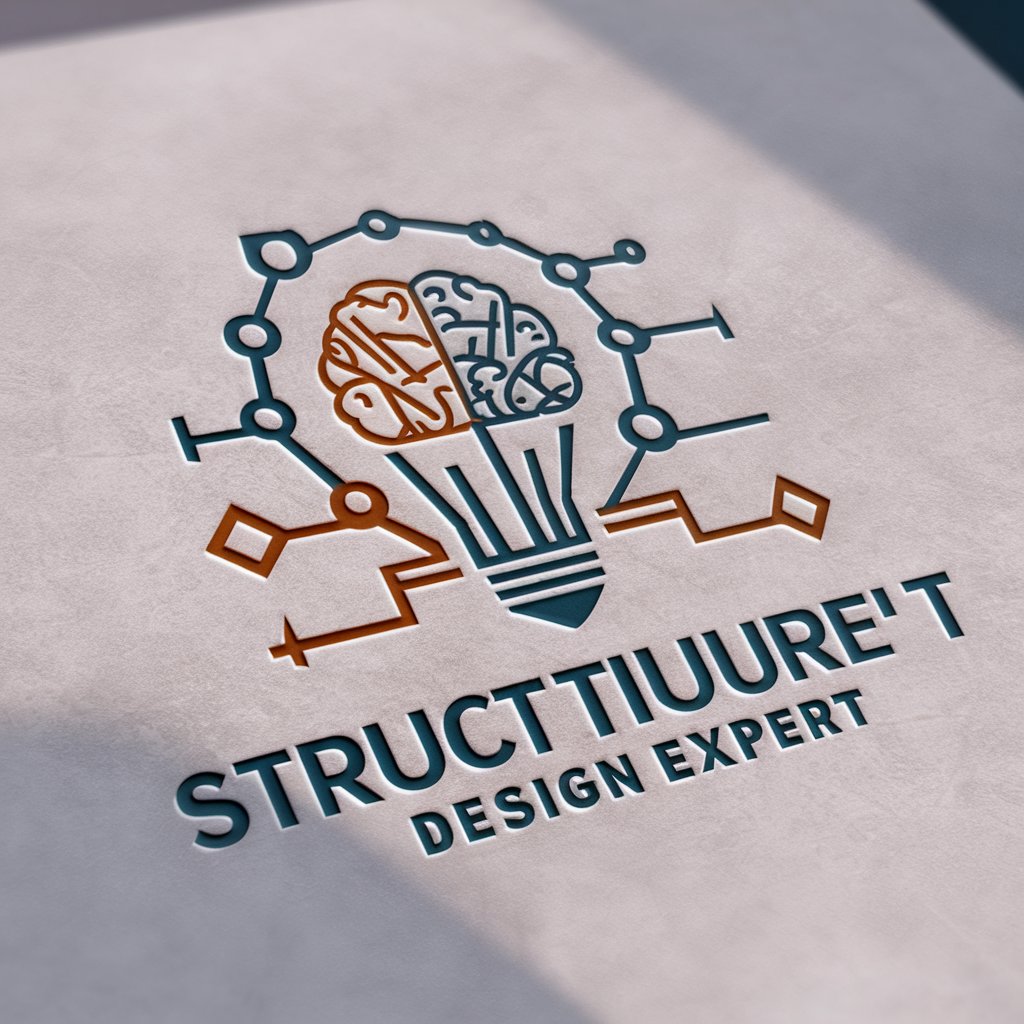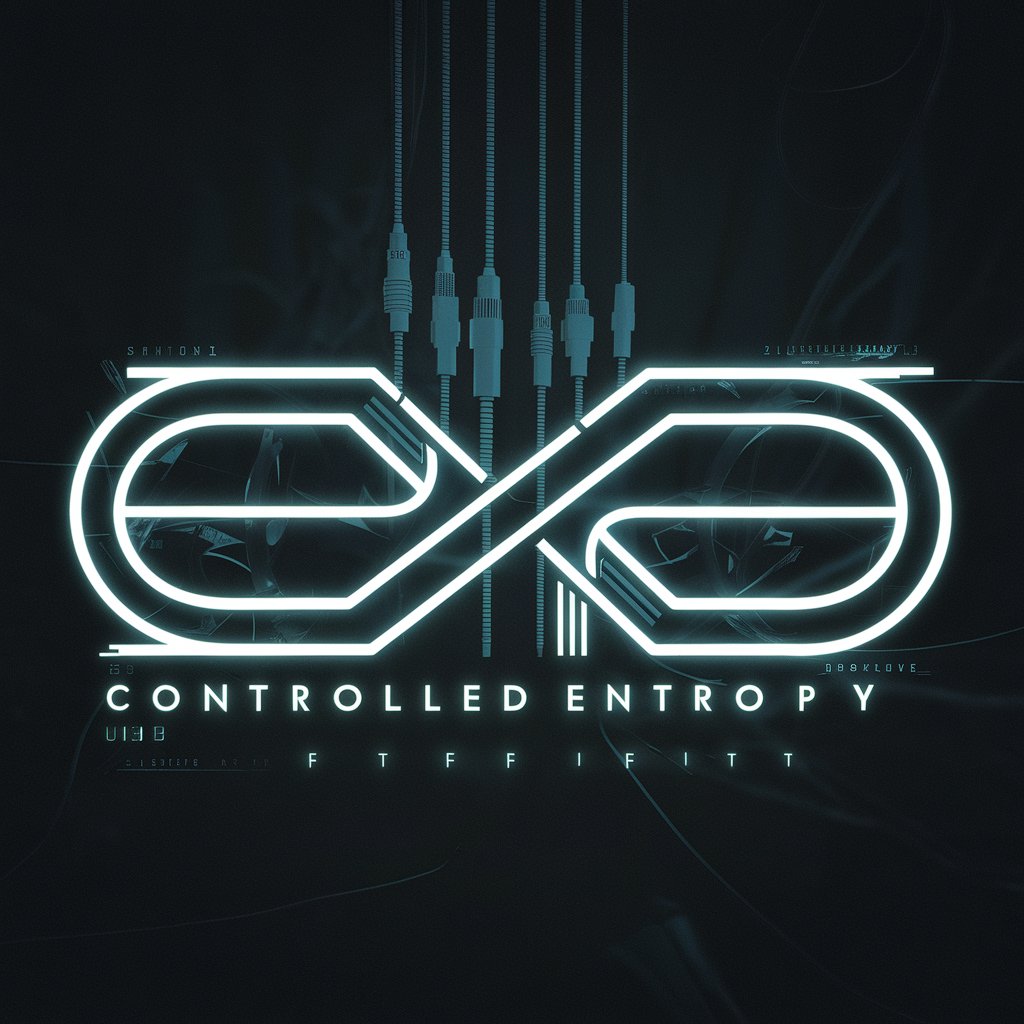discrete structures - AI-powered Mathematics Tool

Welcome to Discrete Structures GPT, your guide to mastering discrete mathematics.
Master Discrete Structures with AI
Explain the importance of logic in discrete structures...
Describe the key concepts of graph theory...
How do algorithms relate to discrete mathematics?
Provide an overview of mathematical structures used in discrete mathematics...
Get Embed Code
An Overview of Discrete Structures
Discrete structures encompass various mathematical constructs that are fundamentally distinct and separate rather than continuous. They are foundational in the study of computer science, primarily because of their ability to model and solve real-world problems involving finite sets, combinatorics, graph theory, logic, and algorithms. For instance, graph theory allows us to model networks like social media relationships or computer networks, while combinatorics helps solve counting problems such as generating combinations or permutations. Powered by ChatGPT-4o。

Key Functions of Discrete Structures
Modeling Networks
Example
Graph Theory
Scenario
Using graph theory, one can model transportation systems as nodes (cities) and edges (routes). Algorithms such as Dijkstra's are applied to find the shortest path between two cities, optimizing travel plans.
Optimizing Resource Allocation
Example
Combinatorics and Set Theory
Scenario
Combinatorics allows companies to design efficient schedules by calculating permutations and combinations. For instance, determining the most effective way to schedule shifts for workers while considering skill requirements and availability.
Logical Reasoning and Validation
Example
Propositional Logic
Scenario
In software development, propositional logic helps to verify and validate code by ensuring logical consistency in conditions. For instance, logical expressions can define rules for authentication or data processing.
Algorithm Design and Analysis
Example
Algorithms
Scenario
Understanding complexity classes like P and NP in algorithm design can lead to optimized solutions. For instance, a sorting algorithm with lower time complexity improves data analysis performance for businesses handling large datasets.
Ideal Users of Discrete Structures
Computer Scientists and Engineers
Professionals in these fields rely heavily on discrete structures for algorithm development, software design, and computational problem-solving. Graphs, combinatorics, and logical structures offer frameworks for creating innovative solutions in tech.
Mathematicians
Mathematicians find discrete structures useful for abstract reasoning, developing theoretical models, and solving complex problems in areas like combinatorics, number theory, and logic.
Data Scientists and Analysts
Analyzing vast datasets requires discrete structures for clustering, classification, and optimization. For example, graph algorithms help reveal hidden patterns in social networks or supply chain data.
Operations Researchers
Operations researchers apply discrete structures to optimize supply chains, create efficient schedules, and solve logistical problems. Combinatorial optimization and graph theory are core tools for these tasks.

Using Discrete Structures
Start Free Trial
Visit yeschat.ai for a complimentary trial experience without any need for logging in or subscribing to ChatGPT Plus.
Identify Your Needs
Determine specific problems or projects where discrete structures can be applied, such as algorithm design, data analysis, or system modeling.
Learn Basic Concepts
Acquire foundational knowledge in key areas of discrete mathematics, including sets, graphs, and boolean algebra to effectively utilize discrete structures.
Apply Theoretically
Utilize discrete structures to solve theoretical problems, applying learned concepts to practical scenarios in computing and mathematics.
Evaluate and Iterate
Regularly assess the outcomes of your applications of discrete structures and refine your approach based on feedback and results.
Try other advanced and practical GPTs
Discrete Structures Professor
Empowering math learning with AI

C++ Data Structures & Algorithms Tutor
Master C++ with AI-driven insights

自适应学习
AI-Powered Personalized Learning Platform

结构化提示词工程师Prompt Engineer
AI-powered prompt design for every project.

小助手
Empowering communication with AI

ProtokollGPT
AI-powered business documentation assistant.

VALUNEX
Empowering Precision with AI

代码小助理
Enhance creativity and productivity with AI.

Infographic, Data & Visual Encoding Expert
Transform Data with AI-powered Visuals

UUIDNIE Enigma Artist
Unleash Creativity with AI-Powered Art

UUIDNIE SRE + SWE Systems Polyglot SME
AI-powered Engineering Excellence

付强顶级万能标题法
Craft Clickable Headlines with AI

Discrete Structures Q&A
What exactly are discrete structures?
Discrete structures involve the study of mathematical structures that are fundamentally discrete rather than continuous. This includes objects such as graphs, trees, and sets, which are essential in computer science for data organization and algorithm design.
How are discrete structures used in computer algorithms?
In computer algorithms, discrete structures provide frameworks for managing data and relationships within software, enabling efficient searching, sorting, and data retrieval techniques, crucial for optimizing performance.
Can discrete structures be applied in data security?
Yes, discrete structures are fundamental in data security, particularly in cryptography where techniques like hashing and encryption rely heavily on complex mathematical algorithms based on discrete mathematics.
What is the importance of graph theory in discrete structures?
Graph theory, a pivotal area within discrete structures, explores the relationships and properties of graphs, which model pairwise relations between objects and are widely used in networking, logistics, and database schema design.
How does one start learning about discrete structures?
Beginning with fundamental principles such as sets, combinatorics, and logic, progressing through textbooks or online courses, and applying these concepts to solve practical problems, are effective ways to learn about discrete structures.
